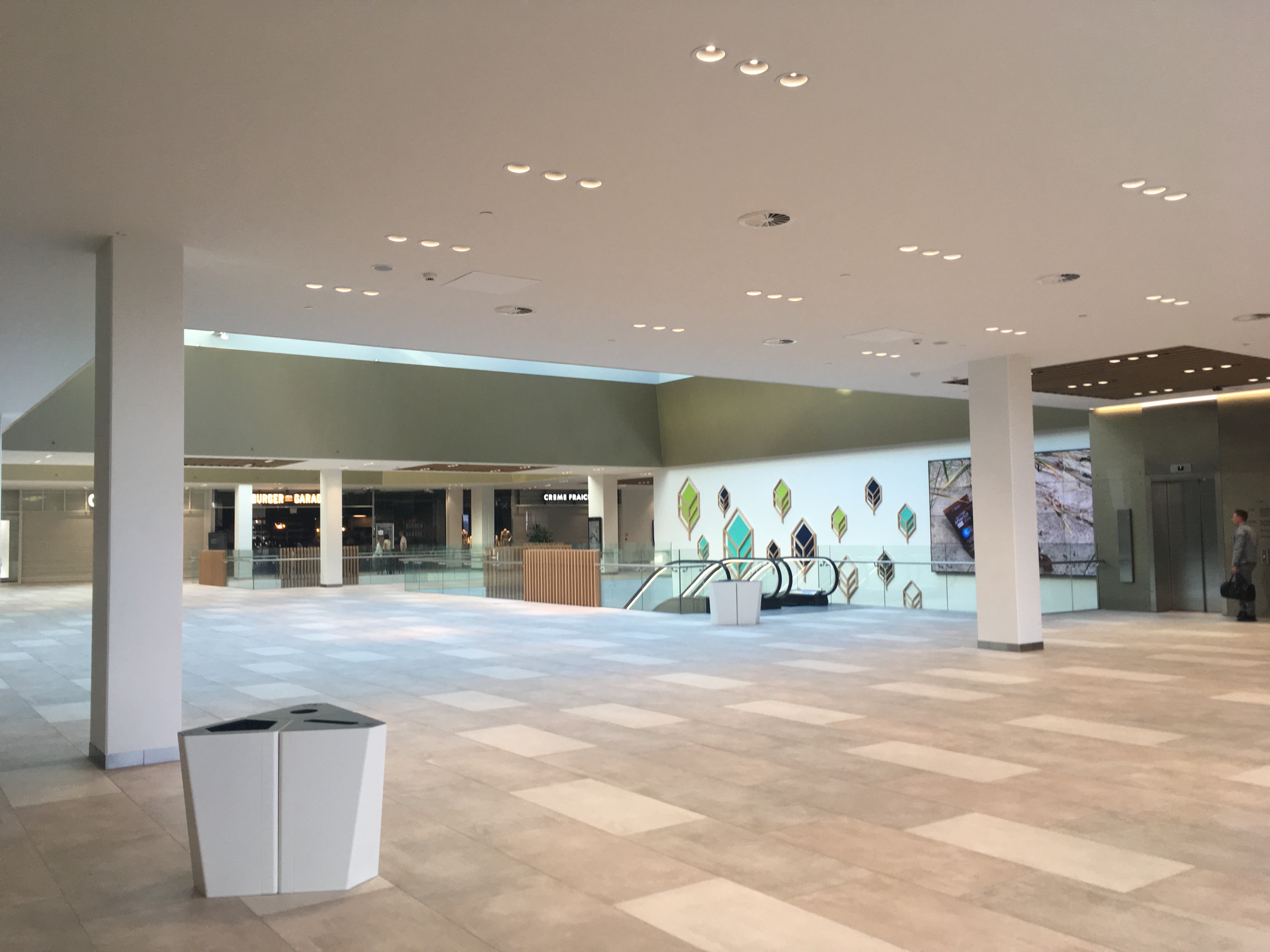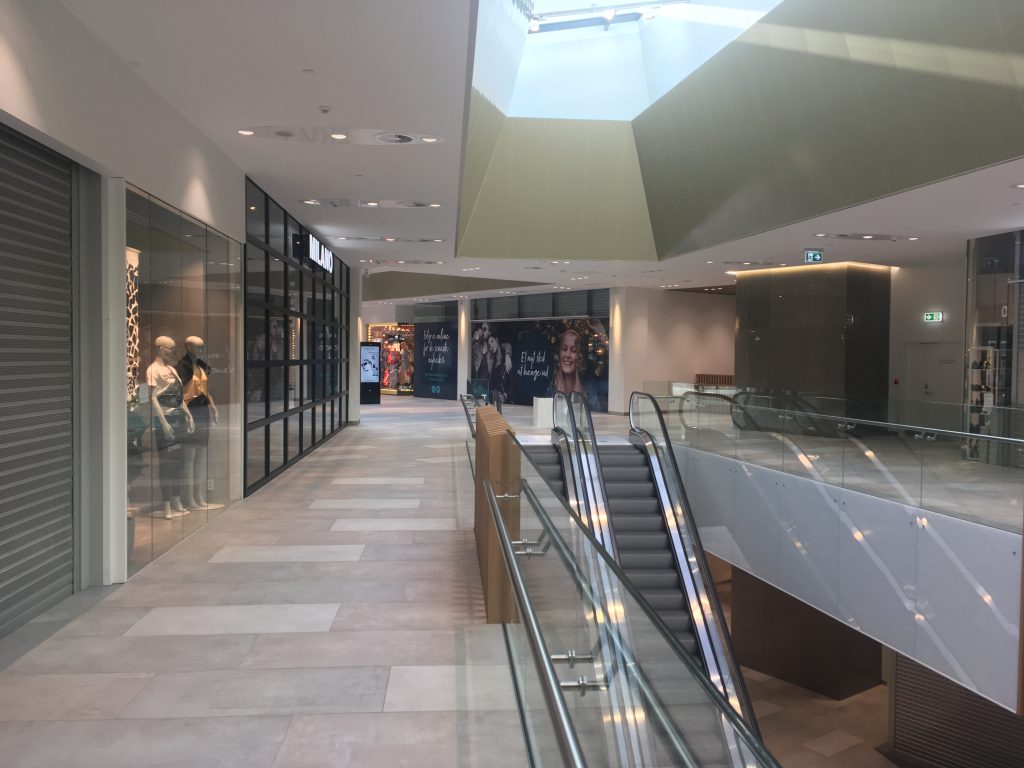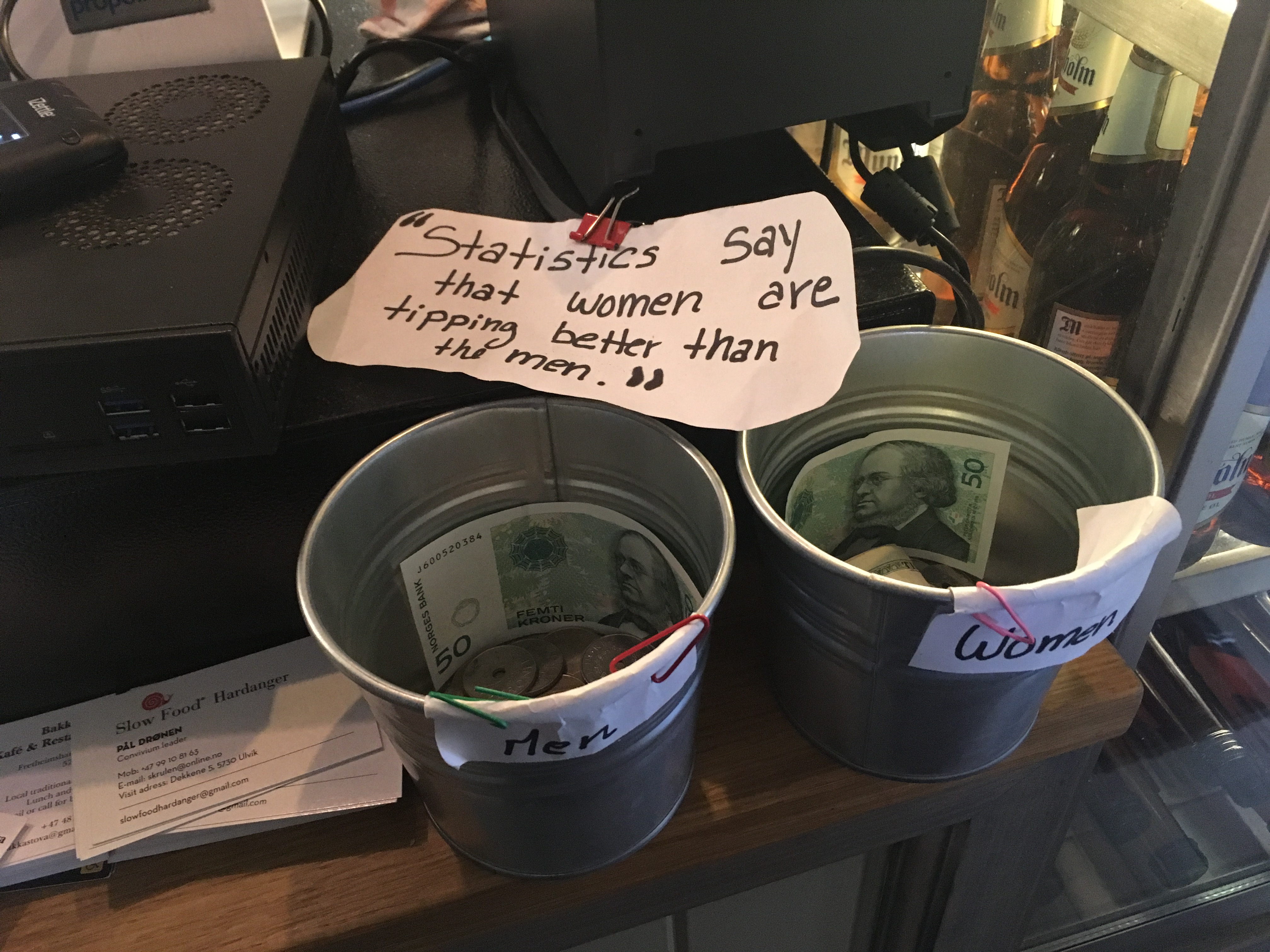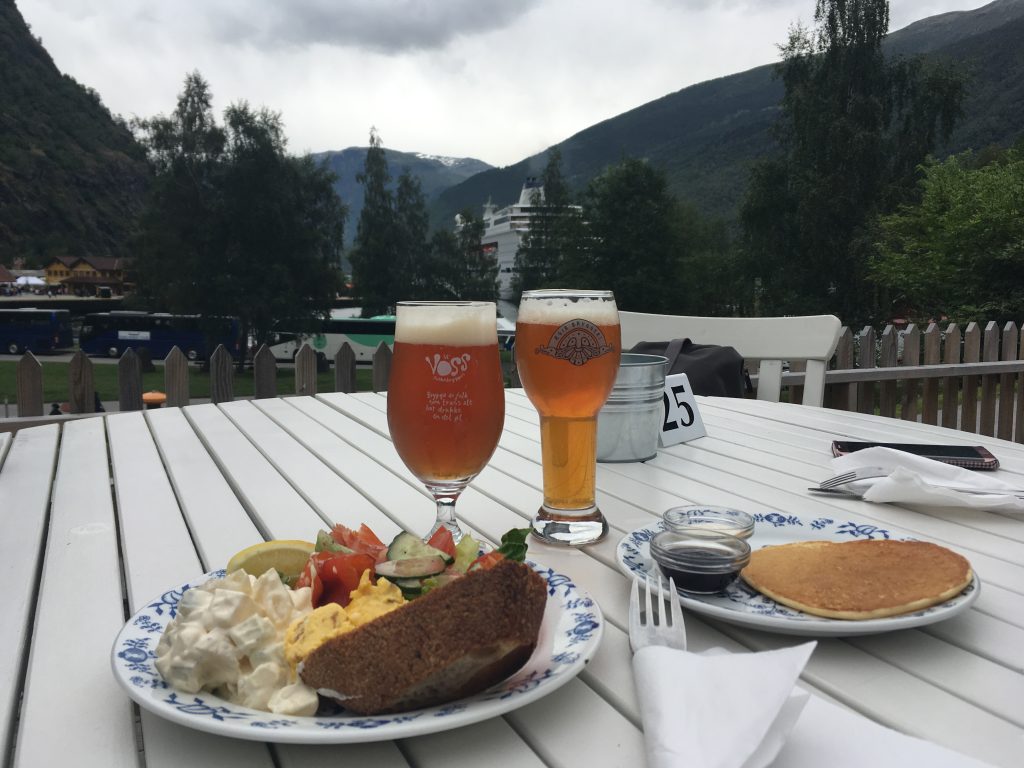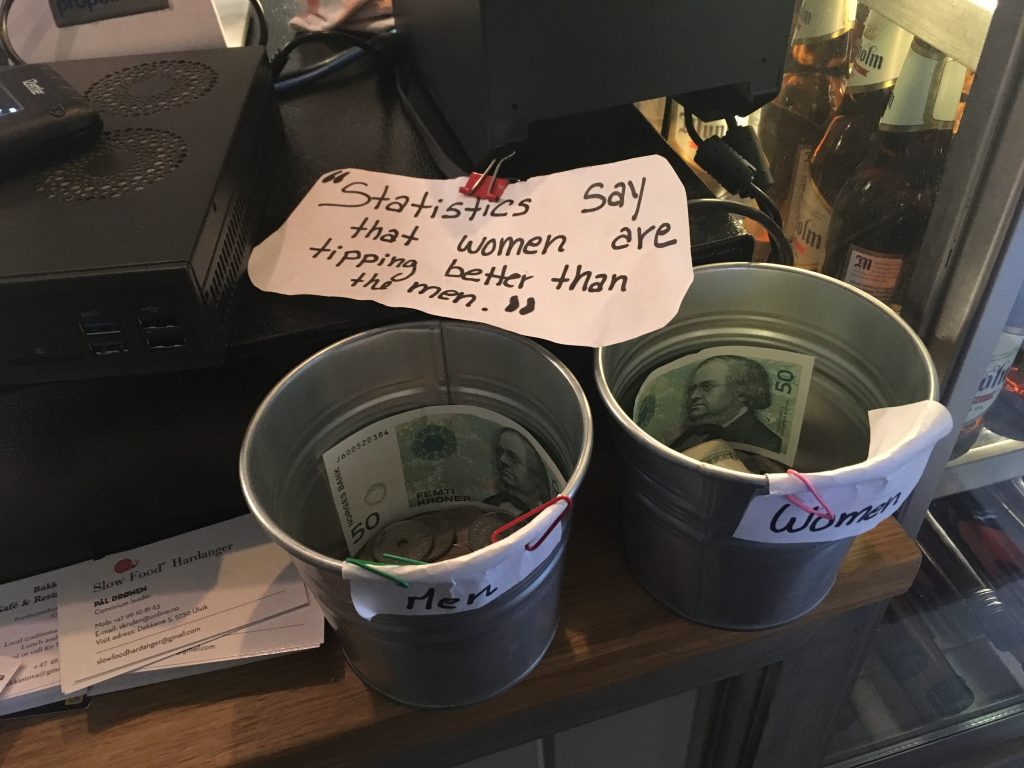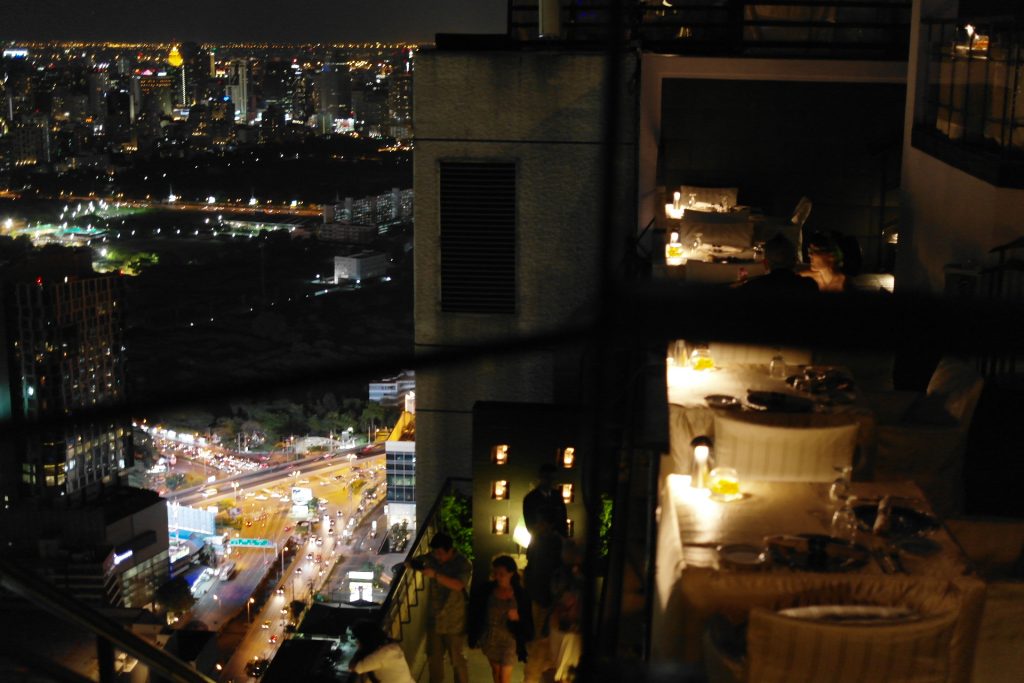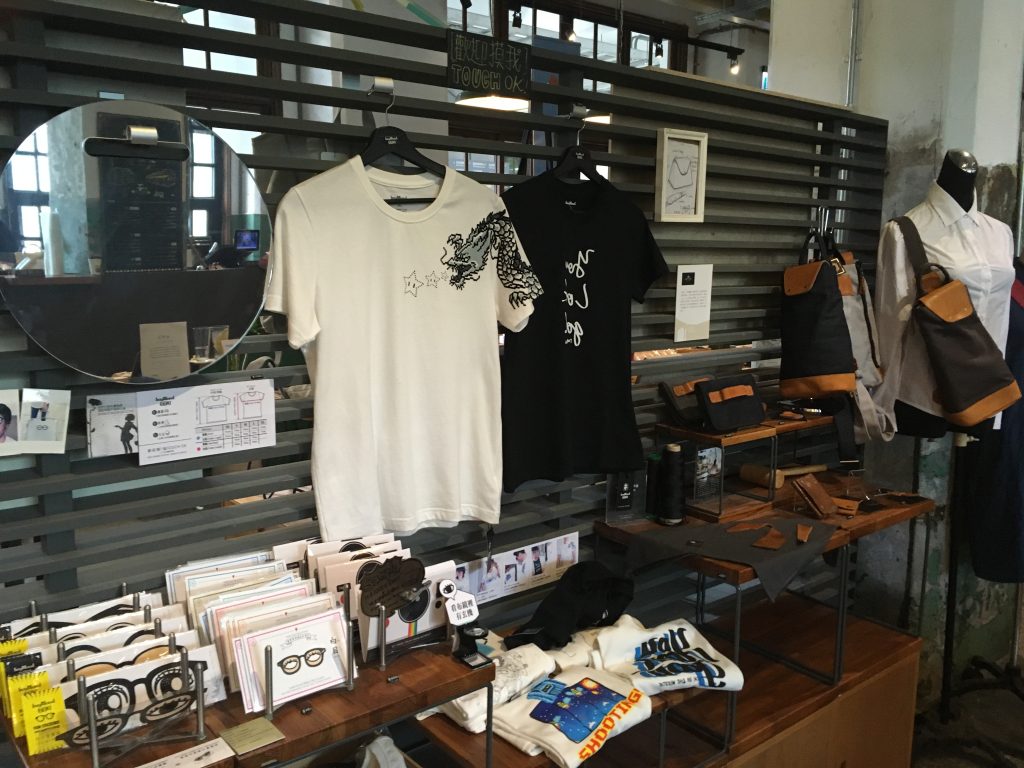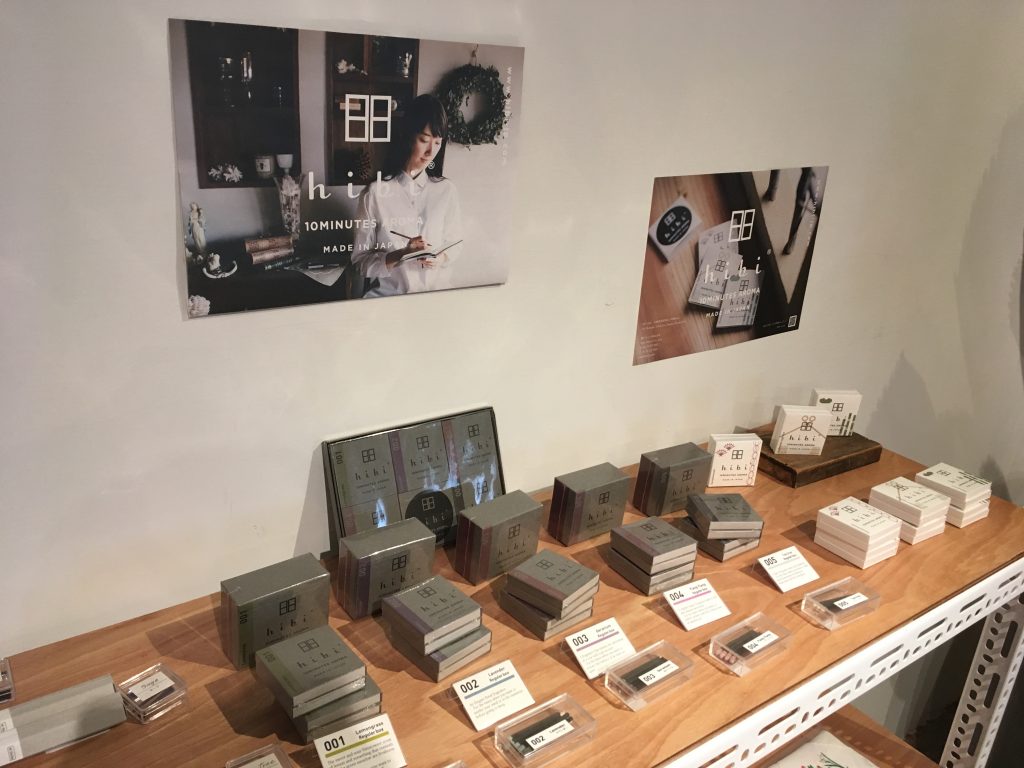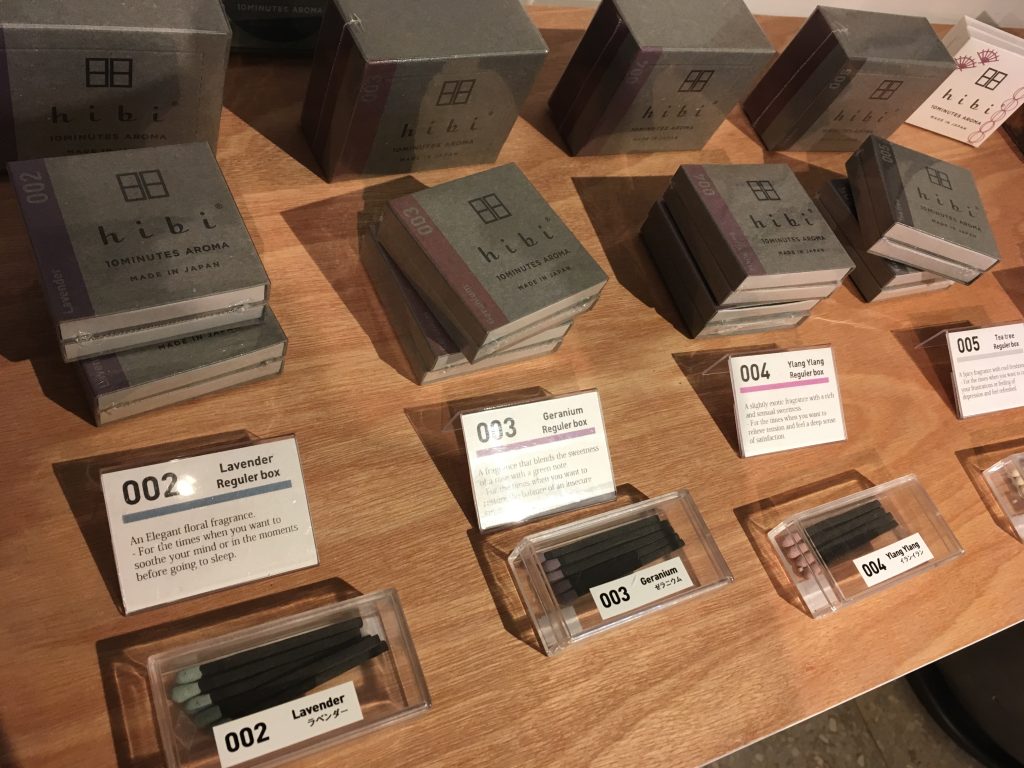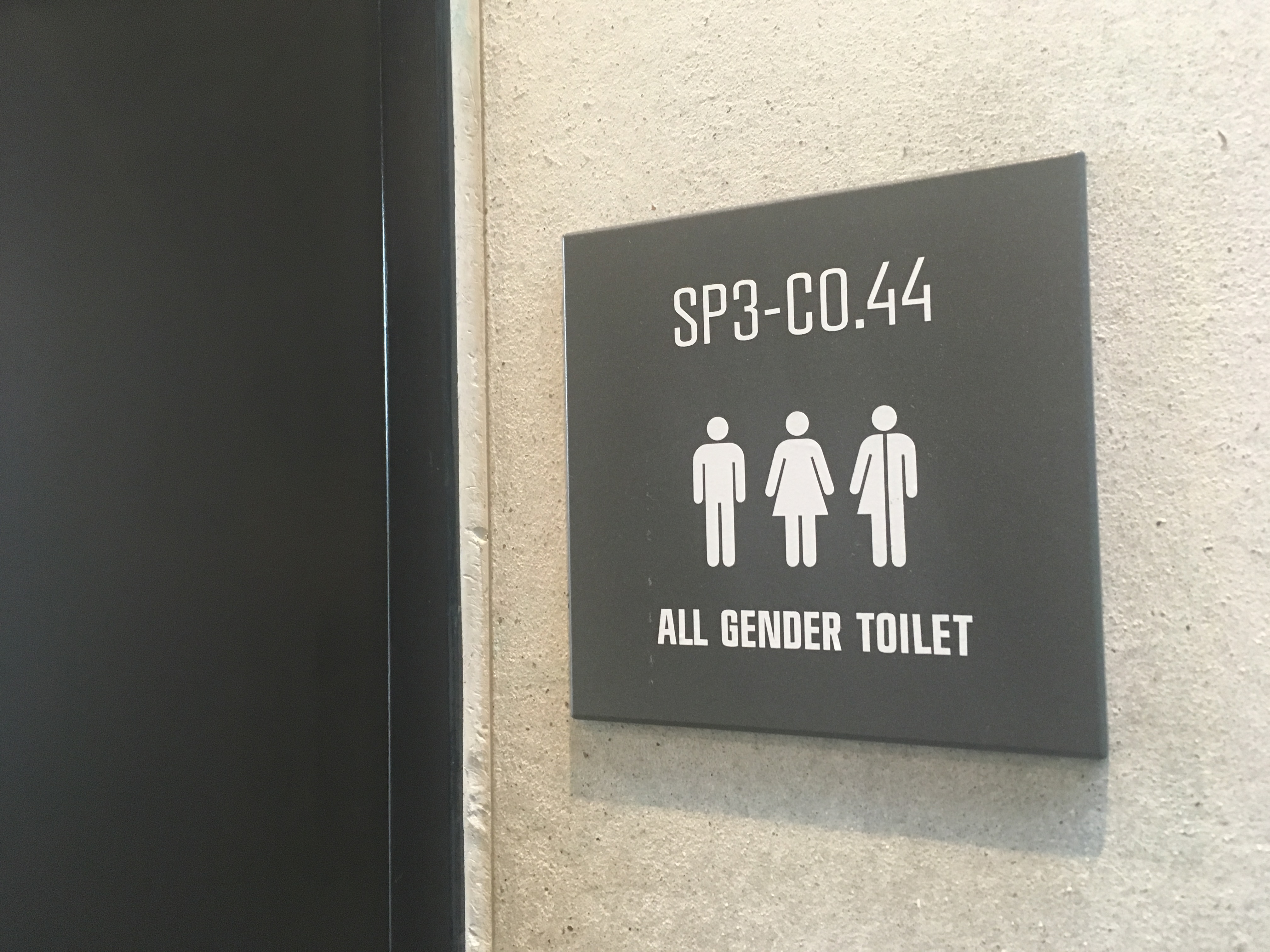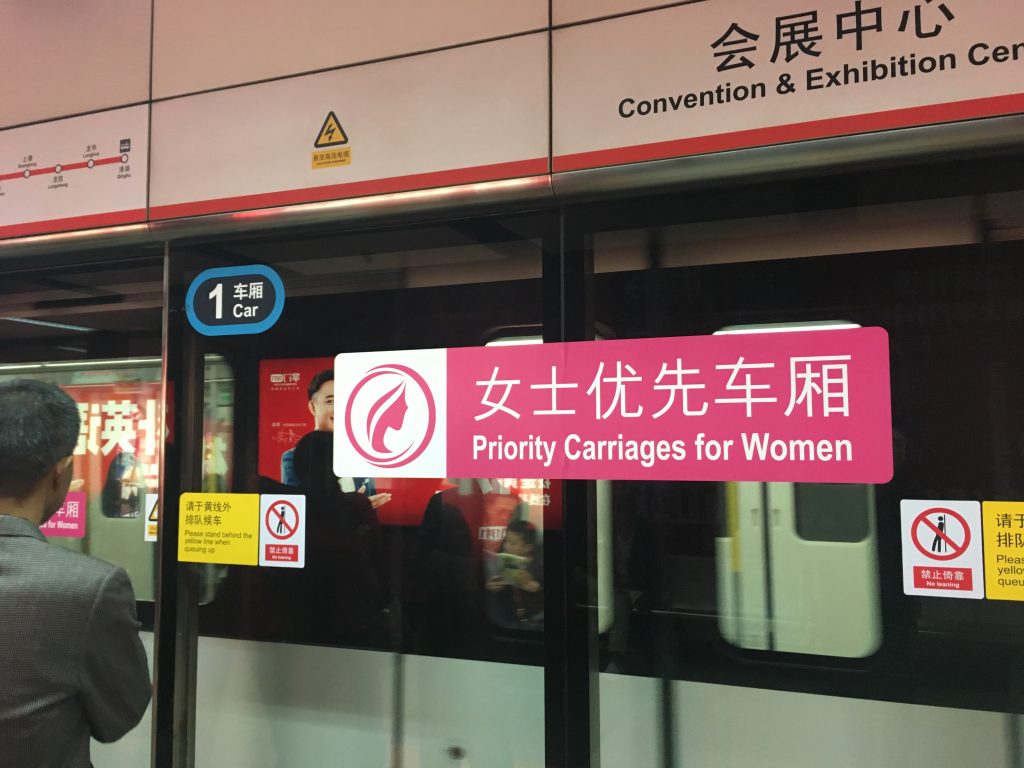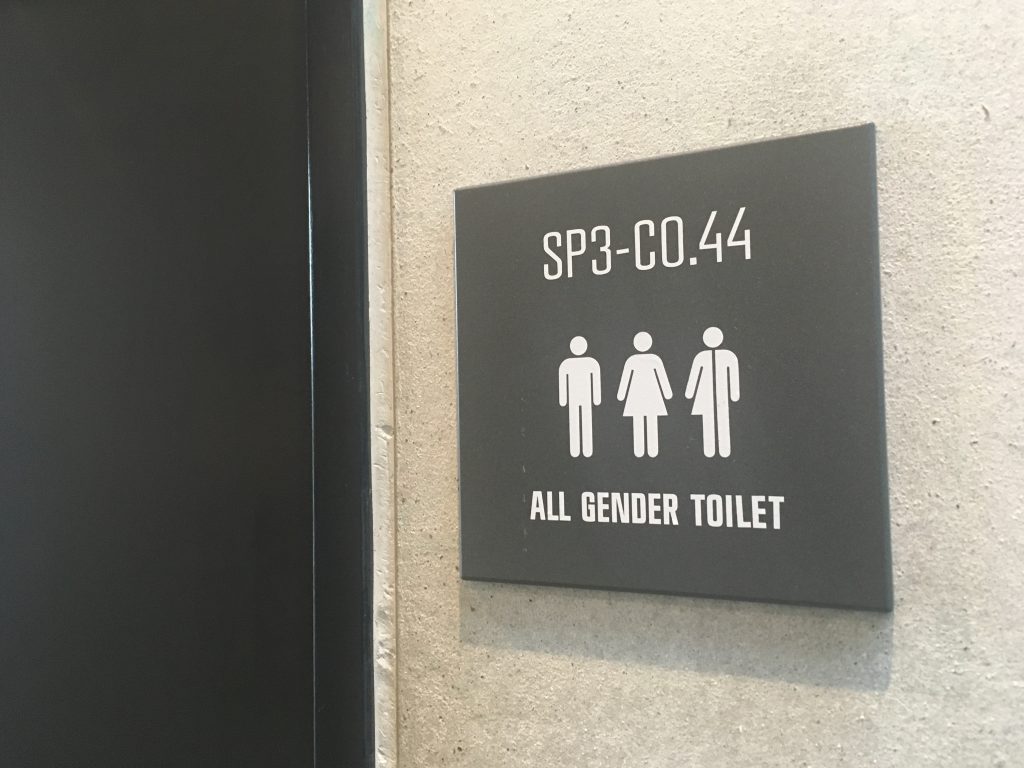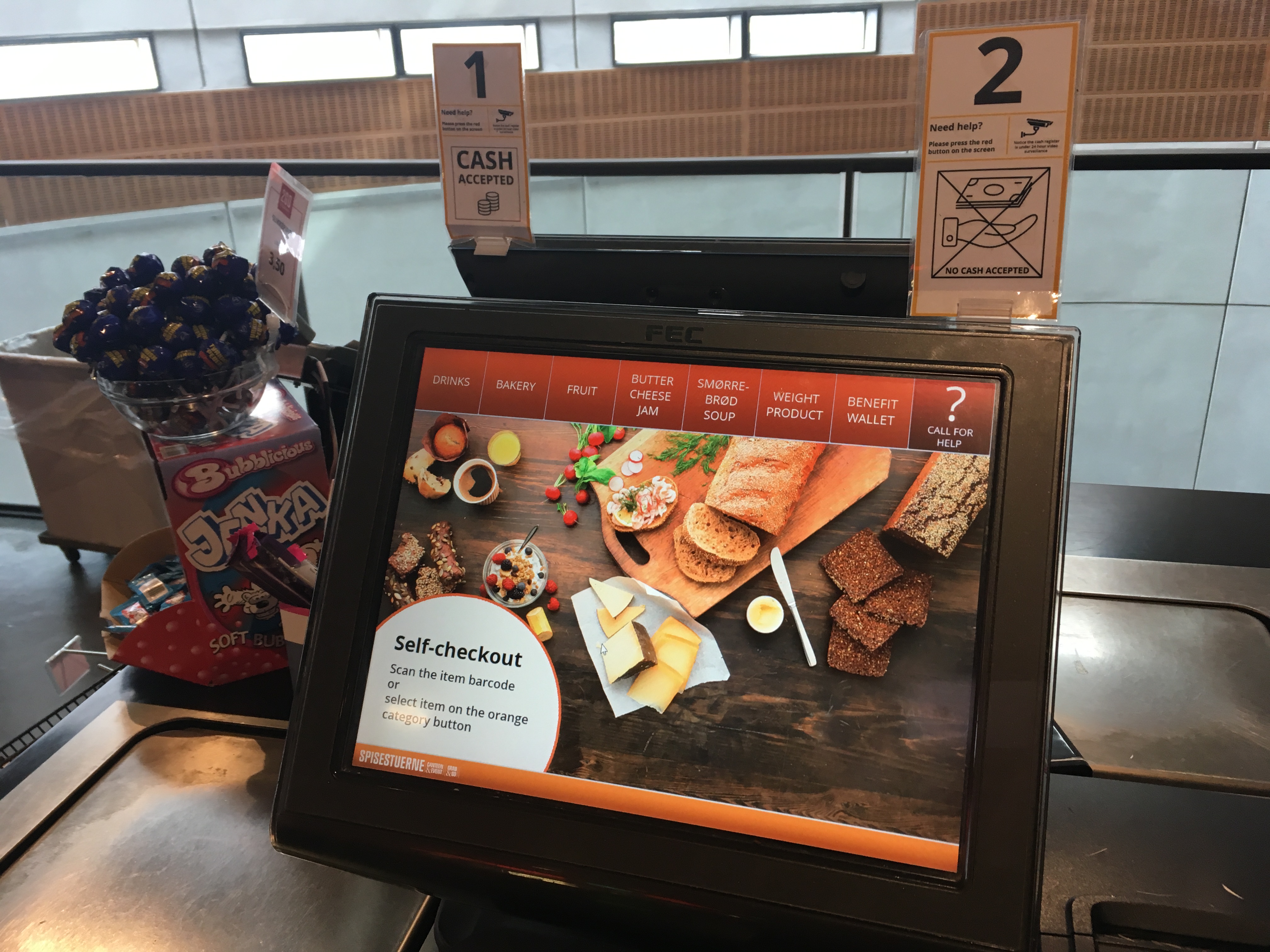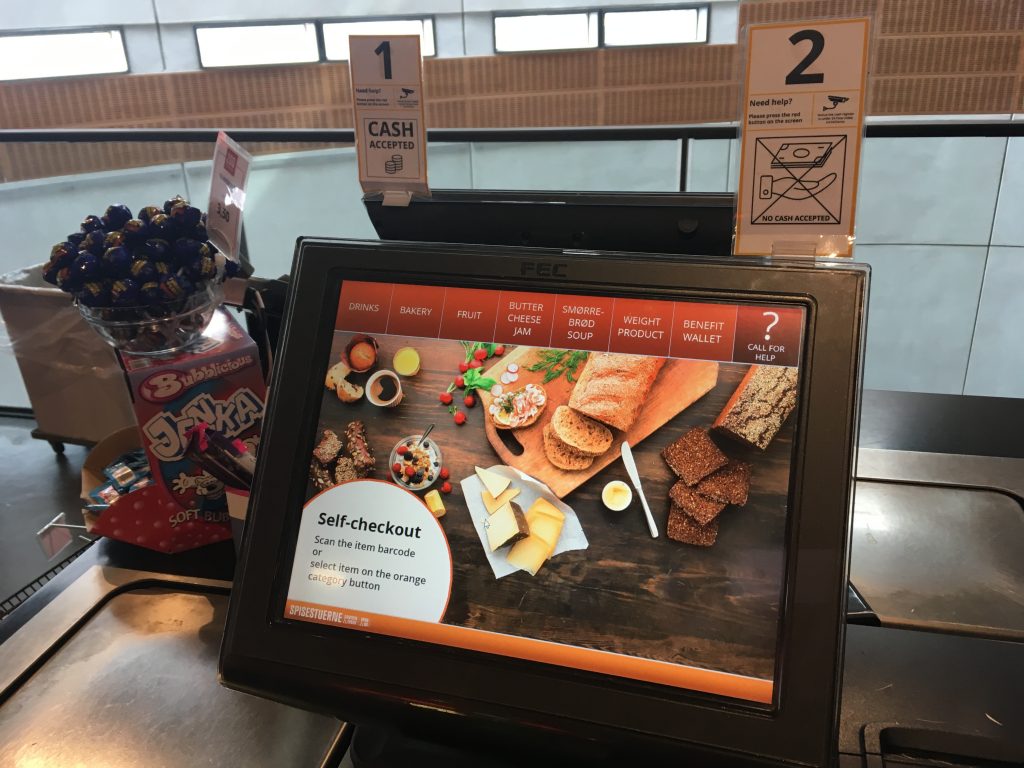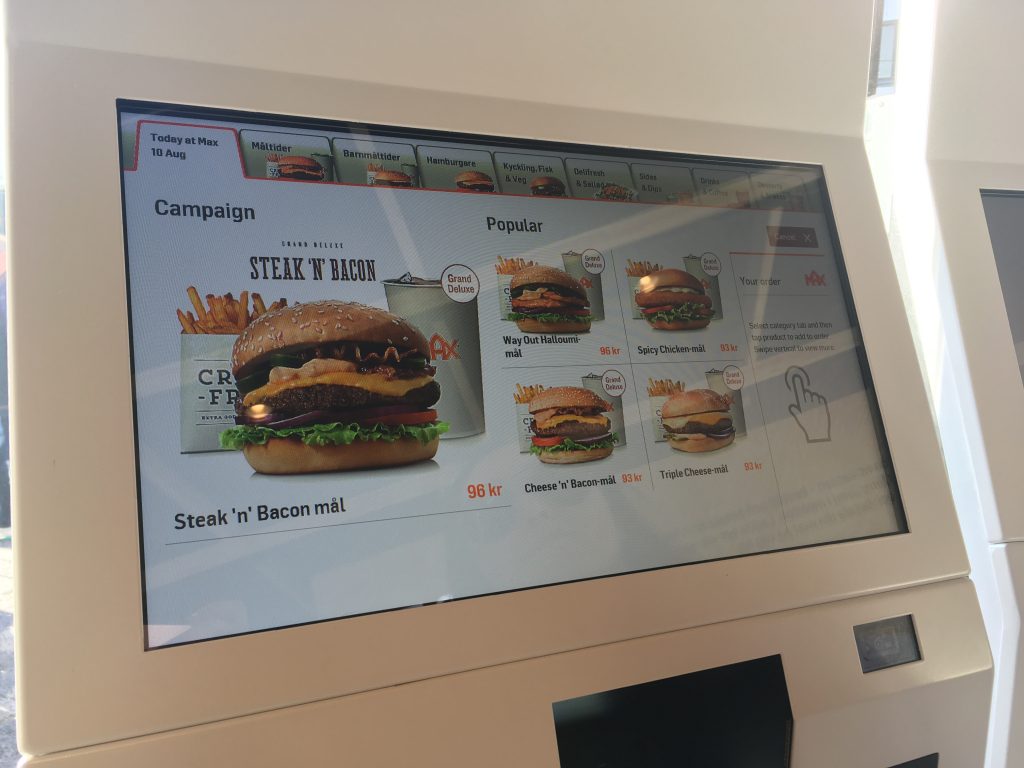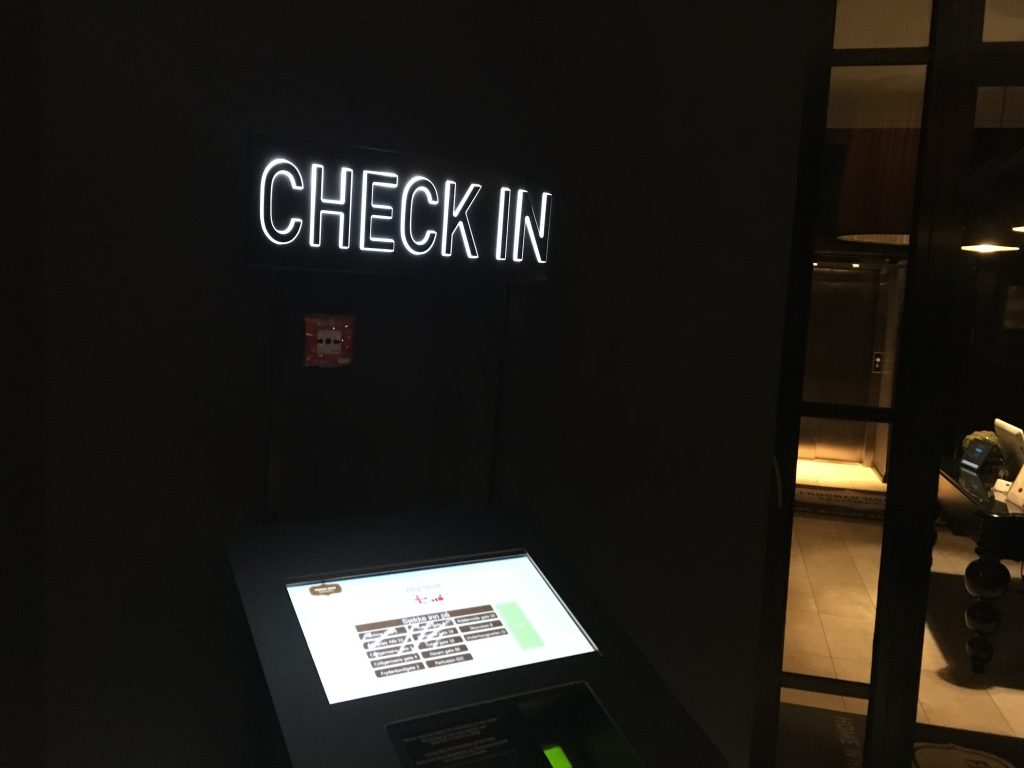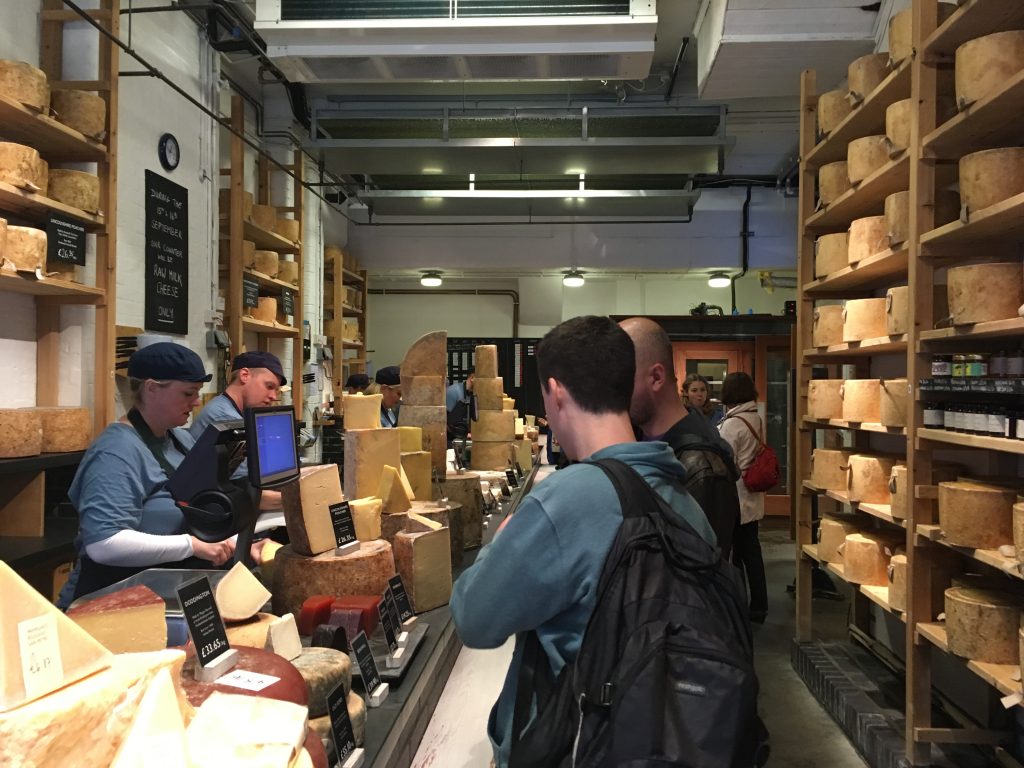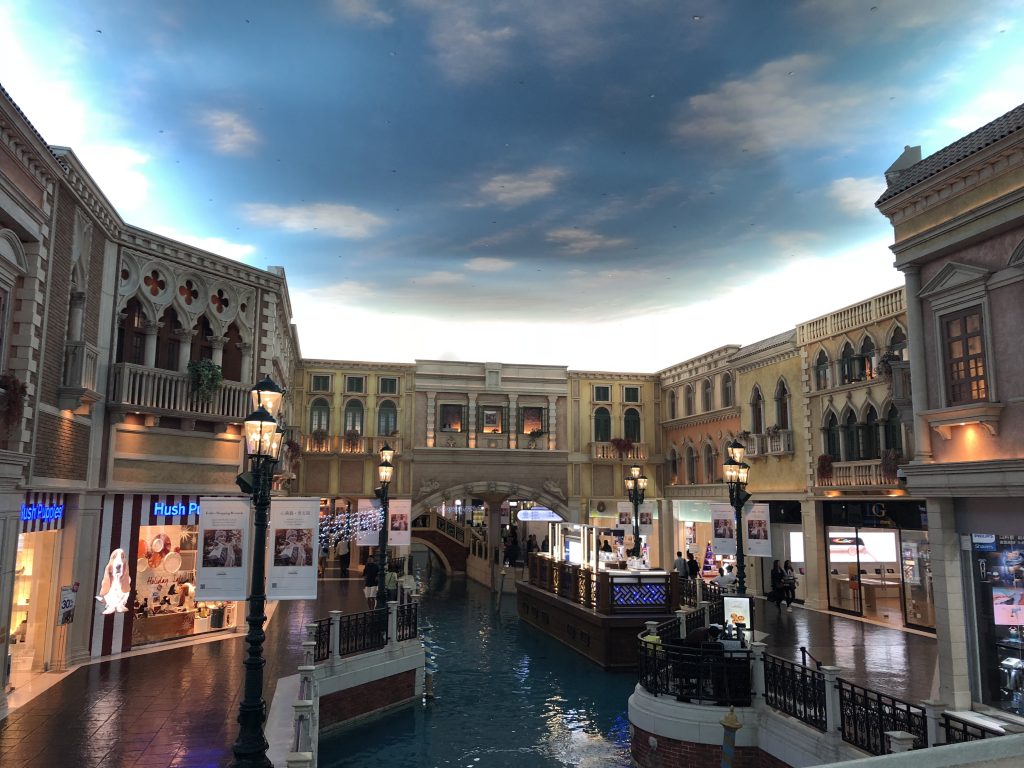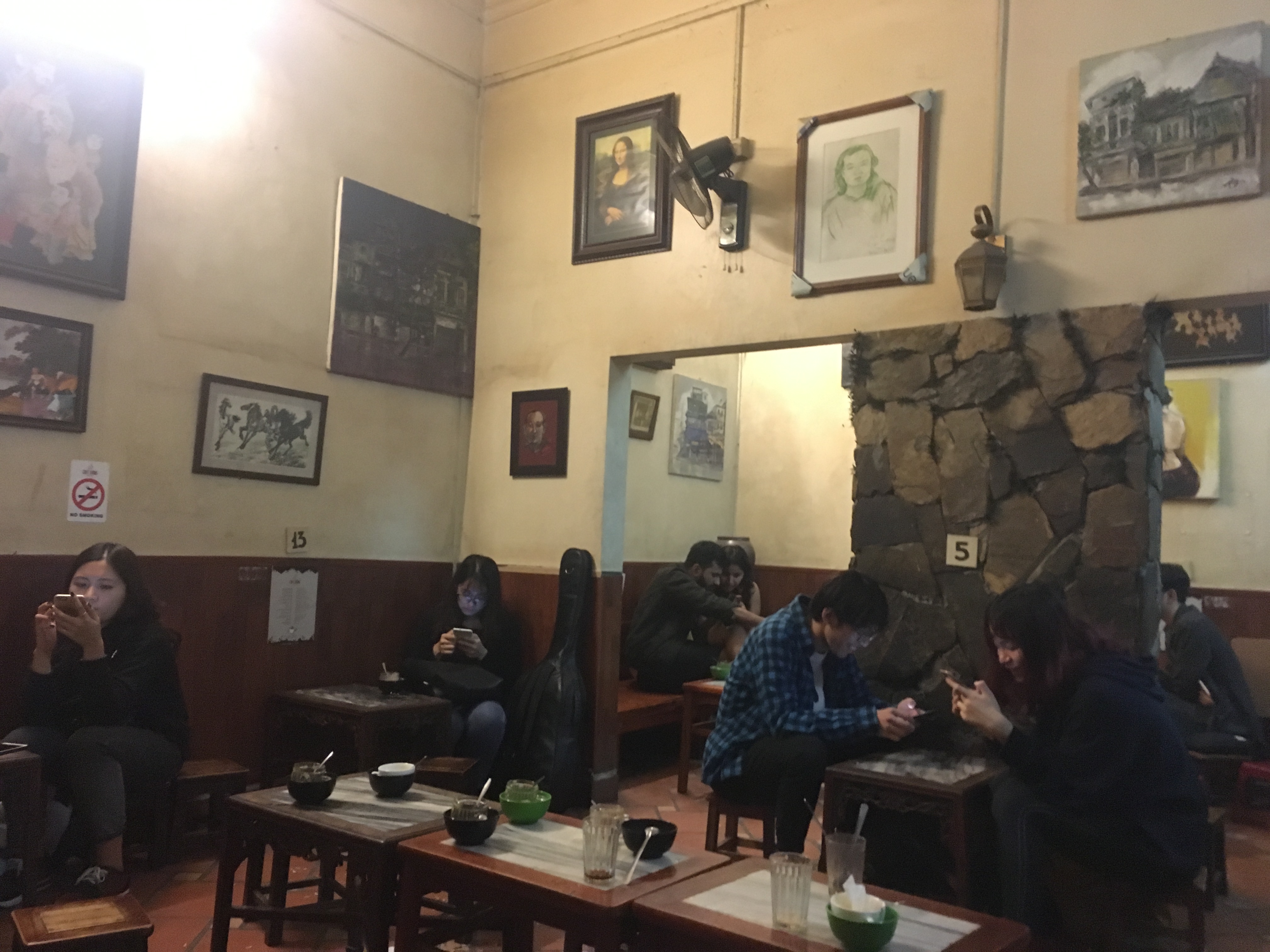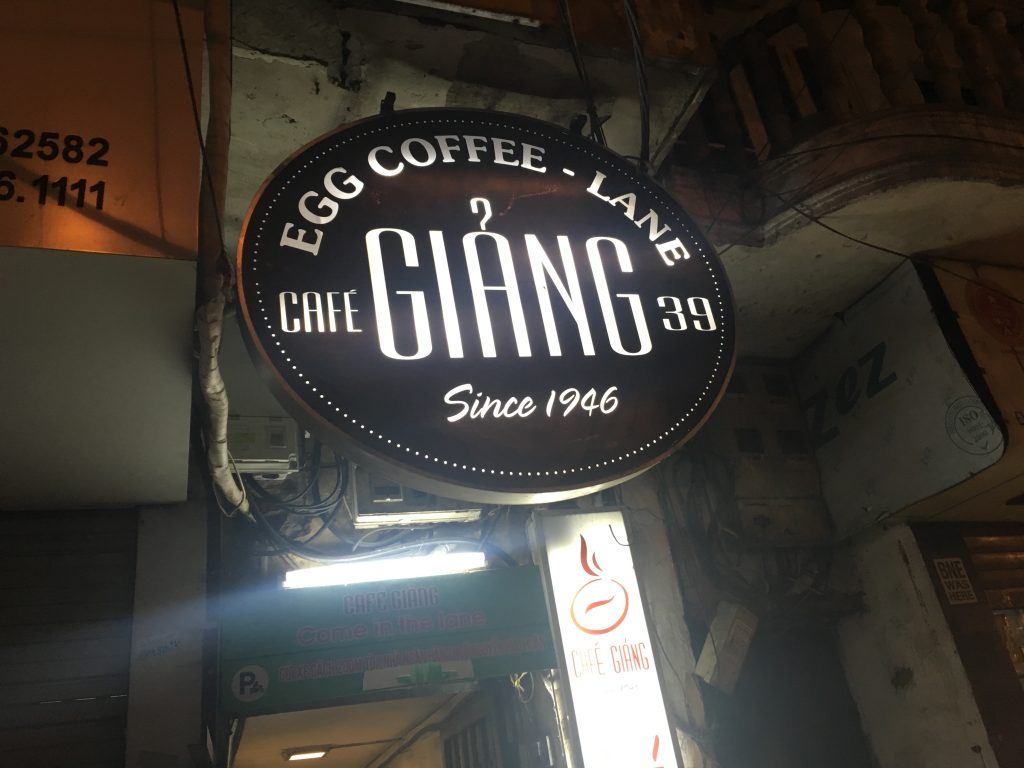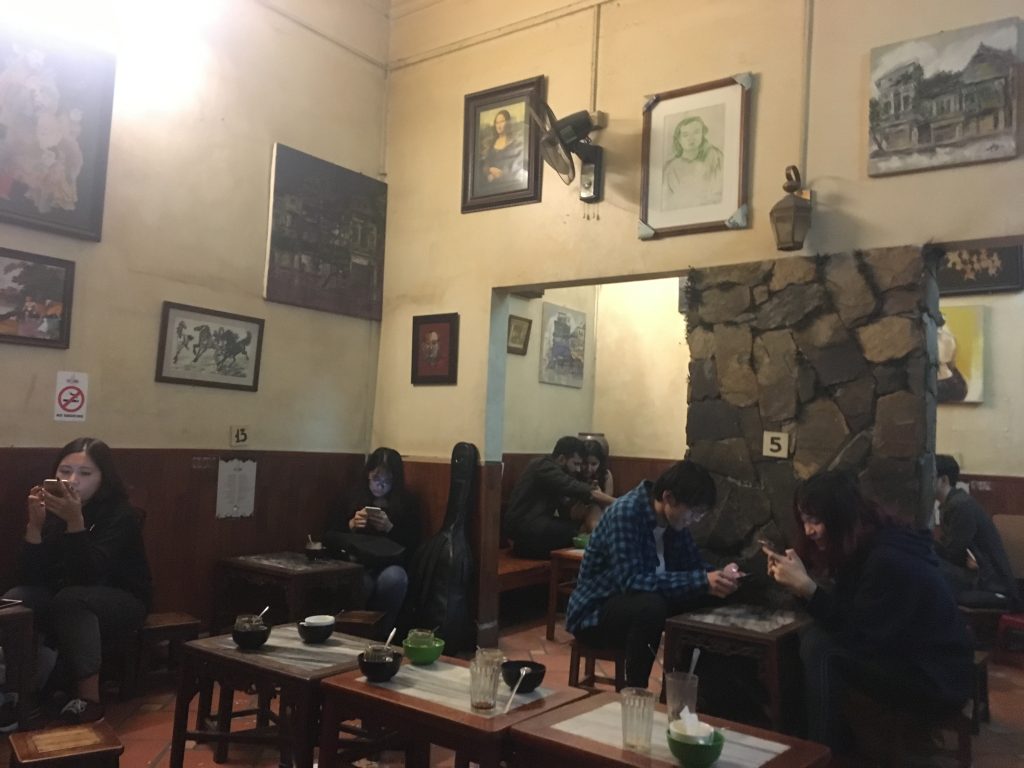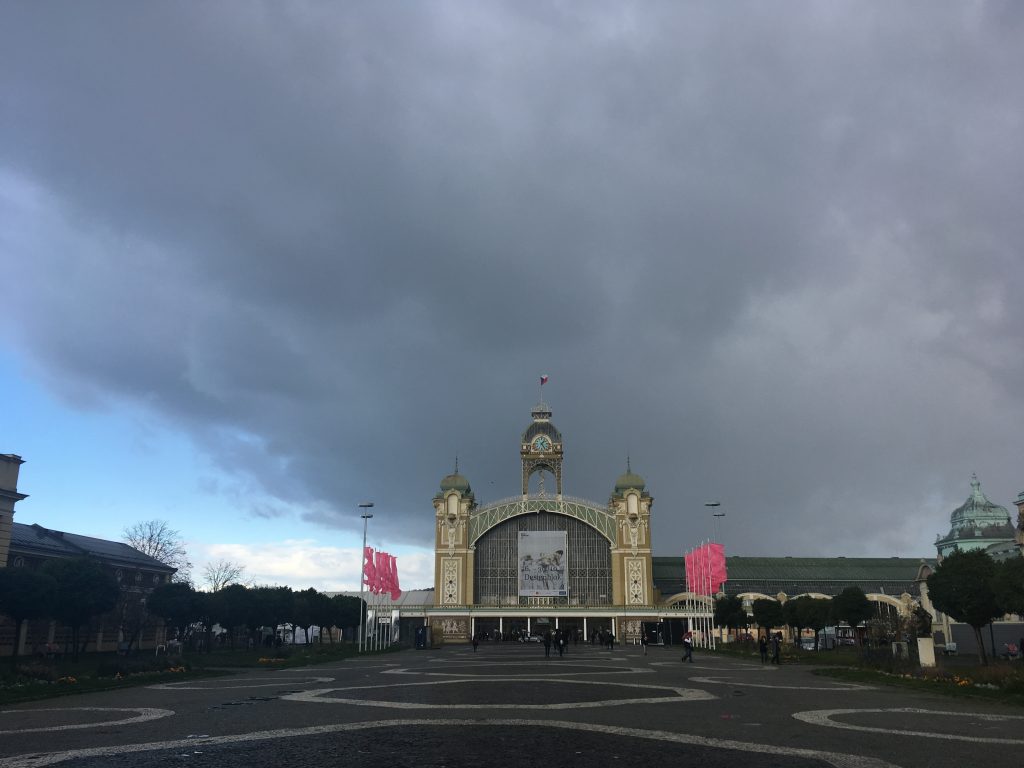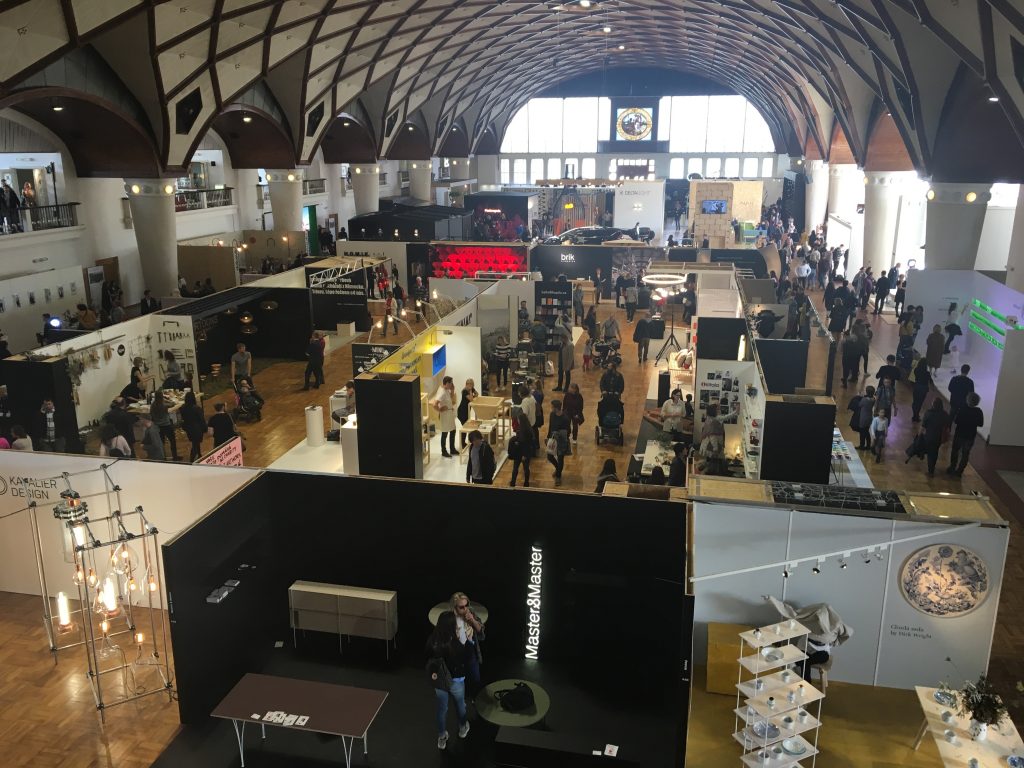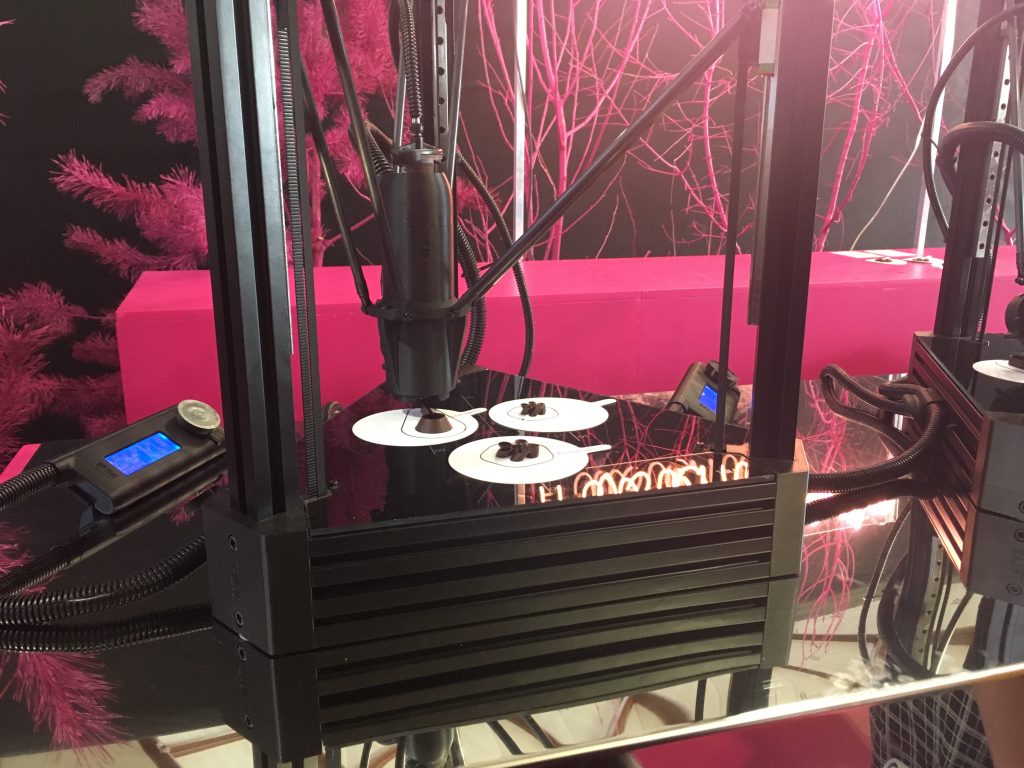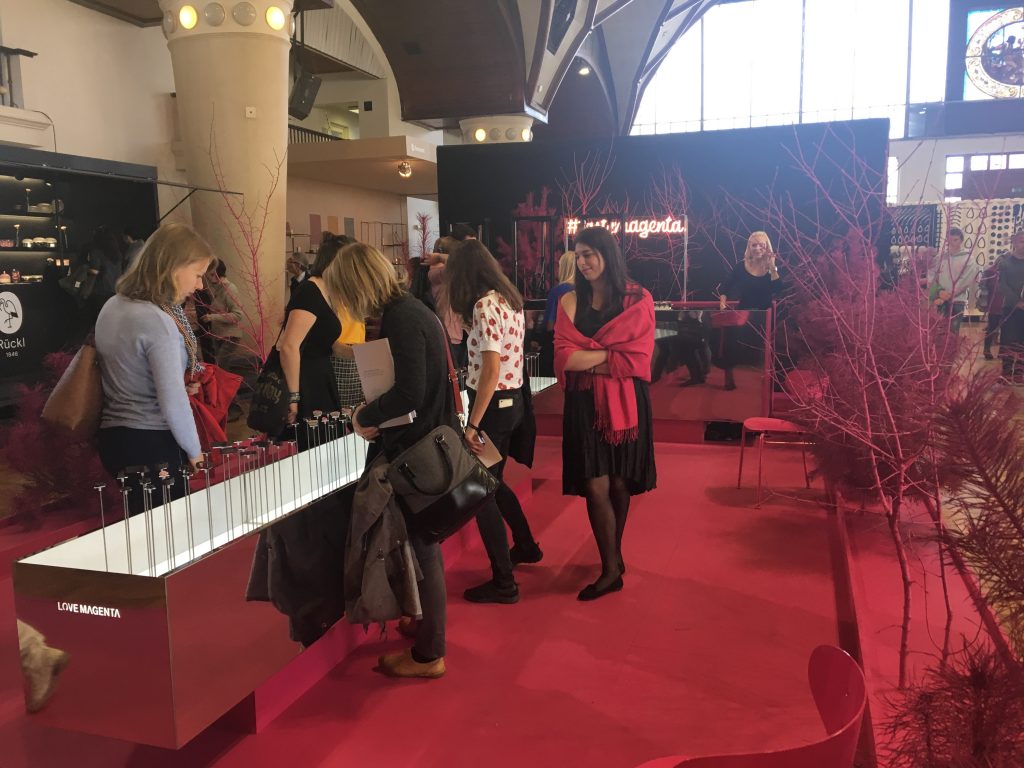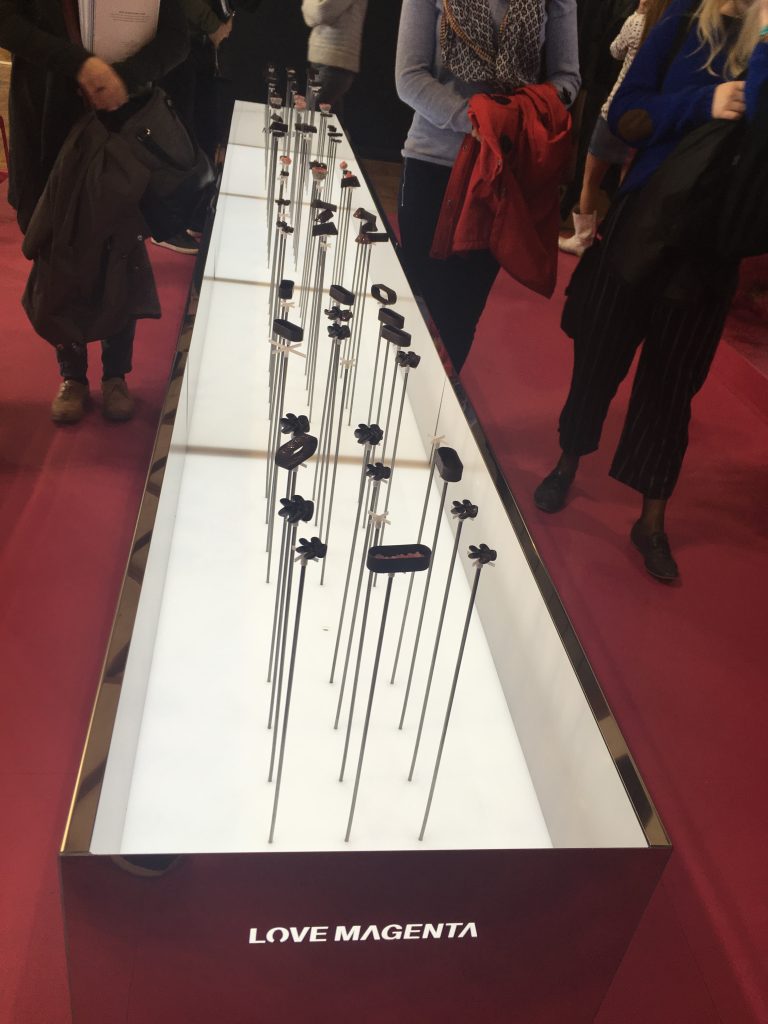There is a Ninjago World at the Legoland in Denmark. In front of a flying dragon brick, I met an unfamiliar sign.


At first, I questioned why Lego hates Marvel so that pushing hand out like Iron Man was banned. Very soon, I realized it means “do not touch.” Later, I found the same sign at a construction site in downtown. It says “No entry for unauthorized people (Adgang forbudt for uvedkommende).”
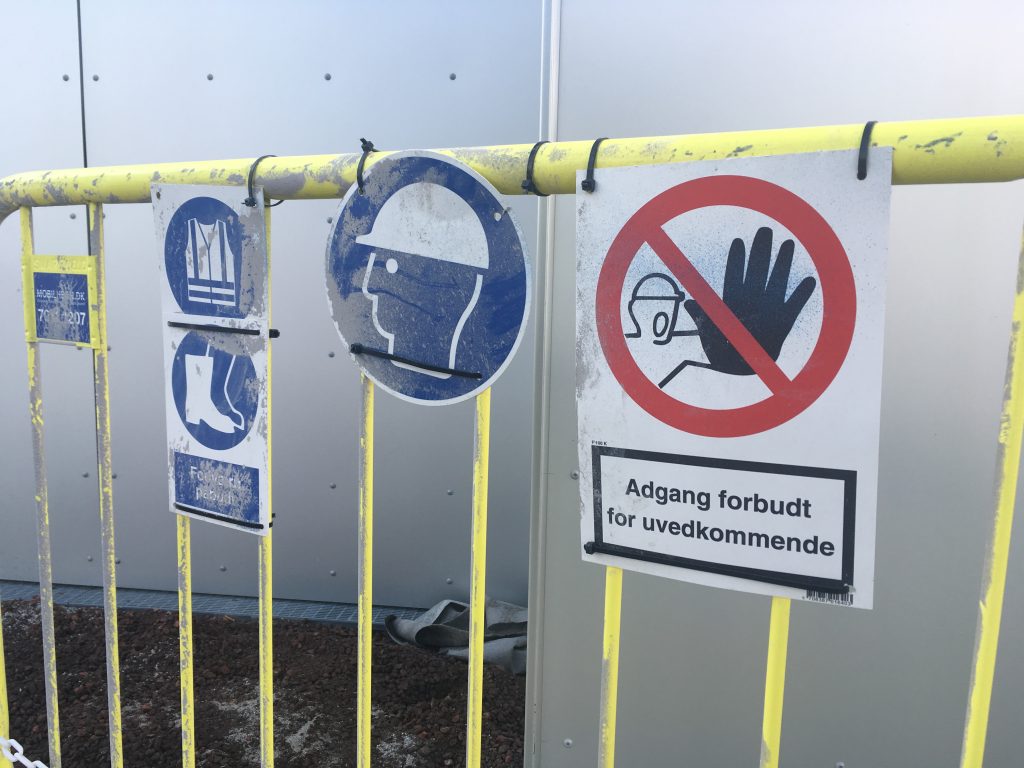
Are these dynamic signs more effective than static ones? According to marketing research, people pay more attention to road signs when they are dynamic. We may need more “Iron Men” signs on the road.
We propose that features of static visuals can lead to perceived movement (via dynamic imagery) and prepare the observer for action. We operationalize our research within the context of warning sign icons and show how subtle differences in iconography can affect human behavioral response. Across five studies incorporating multiple methodologies and technologies (click-data heat maps, driving simulations, surveys, reaction time, and eye tracking), we show that warning sign icons that evoke more (vs. less) perceived movement lead to a quicker propensity to act because they suggest greater risk to oneself or others and increase attentional vigilance. Icons used in our studies include children crossing signs near schools, wet floor signs in store settings, and shopping cart crossings near malls. Our findings highlight the importance of incorporating dynamic elements into icon design to promote imagery and thereby elicit desired and responsible consumer behavior.

